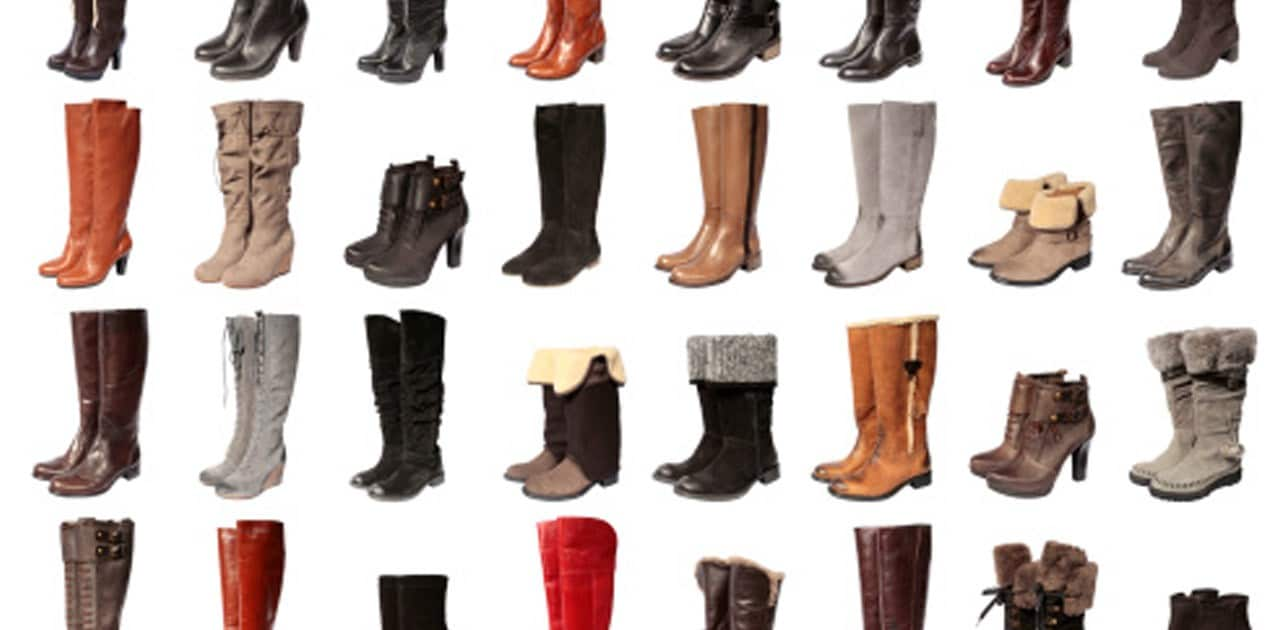Keeping your customers happy with assortment optimization
By Dan Mitchell, SAS Advisory Industry Consultant
Hopefully there aren’t any retailers out there who still don’t understand that their customers are in control of their business.
As a retailer, you have to constantly monitor your customers’ interests and preferences along with your business processes to make sure they are optimally aligned. Consumers are too savvy to shop in any way other than on their terms.
And the more customer touch points you have, the more effort you’ll need to expend to make sure your assortments are the best possible in every channel and location. If you do that, the payoffs are significant.
Retailers who can pull this off while focusing on the freshness and quality of an optimized assortment of products that account for local market demographics and preferences will be top performers. Fortunately, there are solutions for merchandise planning and assortment optimization that make this work easier and less risky.

Customer analytics will lighten your load
Using real-time customer analytics with your predefined business processes along with assortment optimization enables you to choose the most profitable mix for a specific touch point. The best solutions work by projecting inventory profitability based on a number of objectives such as consumer loyalty, product relationships and category role.
The results offer insights on the effect of business rules on your assortments while you are planning, so you don’t have to rely on hindsight to make future adjustments. These insights allow category managers to run what-if scenarios to determine the proper mix of business rules that will balance profitability and customer preferences. It creates the ideal product selection, facings, and inventory recommendations for every item and every store. Rapidly localizing all of your assortments.
Fine-tune your customers’ experience
Assortment optimization offers five advantages:
- Tune your assortment using customer insights
A loyalty index or basket analysis results can be used as part of the financial objective to make it easy to use shopper behavior to adjust the assortment selection. You can expand your inventory for items that are driving shopper trips and not endanger sales of items often purchased together.
- Balance of breadth and depth
By using decision tree grouping, the optimization software can effectively balance shelf breadth and depth in your store clusters or stores based on how people shop. Customer analytics will show you where and when to shift products from locations that have too much duplication to locations that don’t have enough variety.
- Emphasis on quality in variety
The ability to control variety gives you the power to determine: the scope of variety you can offer, whether sales increase and how much overstock inventory can be trimmed from low selling items by improving the usage of each shelf. Using a concept called critical mass percent (the minimum units per group) helps ensure the quality of the selected groups, creating an assortment that is a more precise representation of your customer’s shopping behaviors.
- Unique view of the merchandisable space
The best customer analytics optimization solutions consider the entire physical usable space on the shelf by simultaneously filling the item deep and stacking high to fill a pre-calculated quantity (i.e., minimum units). If the shelf depth and available height has been maximized, the same solution might suggest adding another product facing to satisfy the minimum units required in order to use supplemental space only when needed.
- Easy-to-interpret recommendations
Optimization engines performs two passes for each location to measure the opportunity cost. The first run considers a theoretical optimal assortment without user constraints, while the second run shows the results of any applicable constraints. With this information you can explain in simple terms why any item was dropped or selected and why any customer display group was dropped or selected. Additionally, optimization logic automatically solves for the best configuration to fill the shelf space with appropriate facings wide, high and deep.
Well-tuned data provides more meaningful customer insights
Just like an orchestra that takes its time to tune before performing, using the data you already have and assortment optimization, you will be able to be better prepared with the right merchandise in the right place at the right time to meet your customers’ expectations. Retailers that stay focused on their customers’ needs will be able to stay ahead of their competition.
Dan is the Advisory Industry Consultant for SAS’s Global Retail Industry team that conducts advanced retail analytic research, provides sales support and market development support worldwide. During the last couple of years he has been directly involved in incubating retail offerings to add breadth to the SAS solution portfolio in various capacities including requirements analysis, design, prototyping, project management and customer implementation.
Read this next
- Marketing Insights article – Out of size, out of mind.
- Market Insights article – Empty shelves: The retail analytical talent deficit
Get More Insights
Want more Insights from SAS? Subscribe to our Insights newsletter. Or check back often to get more insights on the topics you care about, including analytics, big data, data management, marketing, and risk & fraud.
